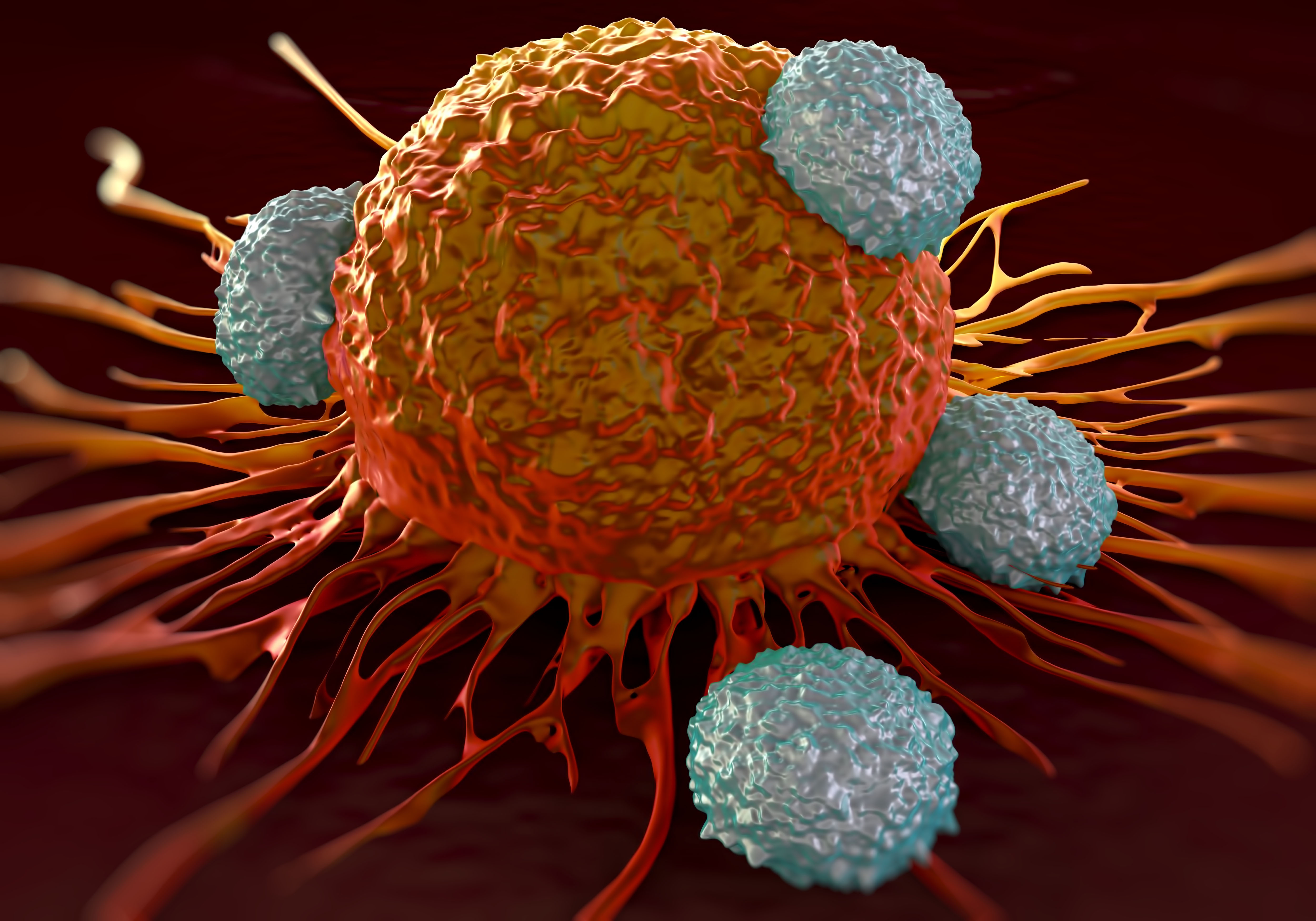 This blog describes a new method for creating vaccines against tumors by Shadi-Yunger et al., 2019. Int. J. Cancer 144, 909-921. They report a novel MHC-II platform with a chimeric invariant chain, where the semi-peptide CLIP is replaced with a tumor specific peptide. This hybrid MHC-II chain facilitates the activation of CD4+ T-cells when expressed in dendritic cells (DCs). The researchers attempted to create an anti-melanoma vaccine by inserting different melanoma-associated antigens (MAAs) mRNA sequences into the MHC-II hybrid construct. Different MAAs were inserted into hybrid MHC-I and MHC-II constructs, and mRNAs were transfected into murine bone marrow derived dendritic cells (BMDCs) by electroporation using the BTX ECM 830 generator. Transfected BMDCs were injected into mice bearing melanoma tumors to assess the anti-tumor activity and T-cell activation stimulated by these modified DCs.
This blog describes a new method for creating vaccines against tumors by Shadi-Yunger et al., 2019. Int. J. Cancer 144, 909-921. They report a novel MHC-II platform with a chimeric invariant chain, where the semi-peptide CLIP is replaced with a tumor specific peptide. This hybrid MHC-II chain facilitates the activation of CD4+ T-cells when expressed in dendritic cells (DCs). The researchers attempted to create an anti-melanoma vaccine by inserting different melanoma-associated antigens (MAAs) mRNA sequences into the MHC-II hybrid construct. Different MAAs were inserted into hybrid MHC-I and MHC-II constructs, and mRNAs were transfected into murine bone marrow derived dendritic cells (BMDCs) by electroporation using the BTX ECM 830 generator. Transfected BMDCs were injected into mice bearing melanoma tumors to assess the anti-tumor activity and T-cell activation stimulated by these modified DCs.
Read More
Posted By George Kamphaus, Ph. D.
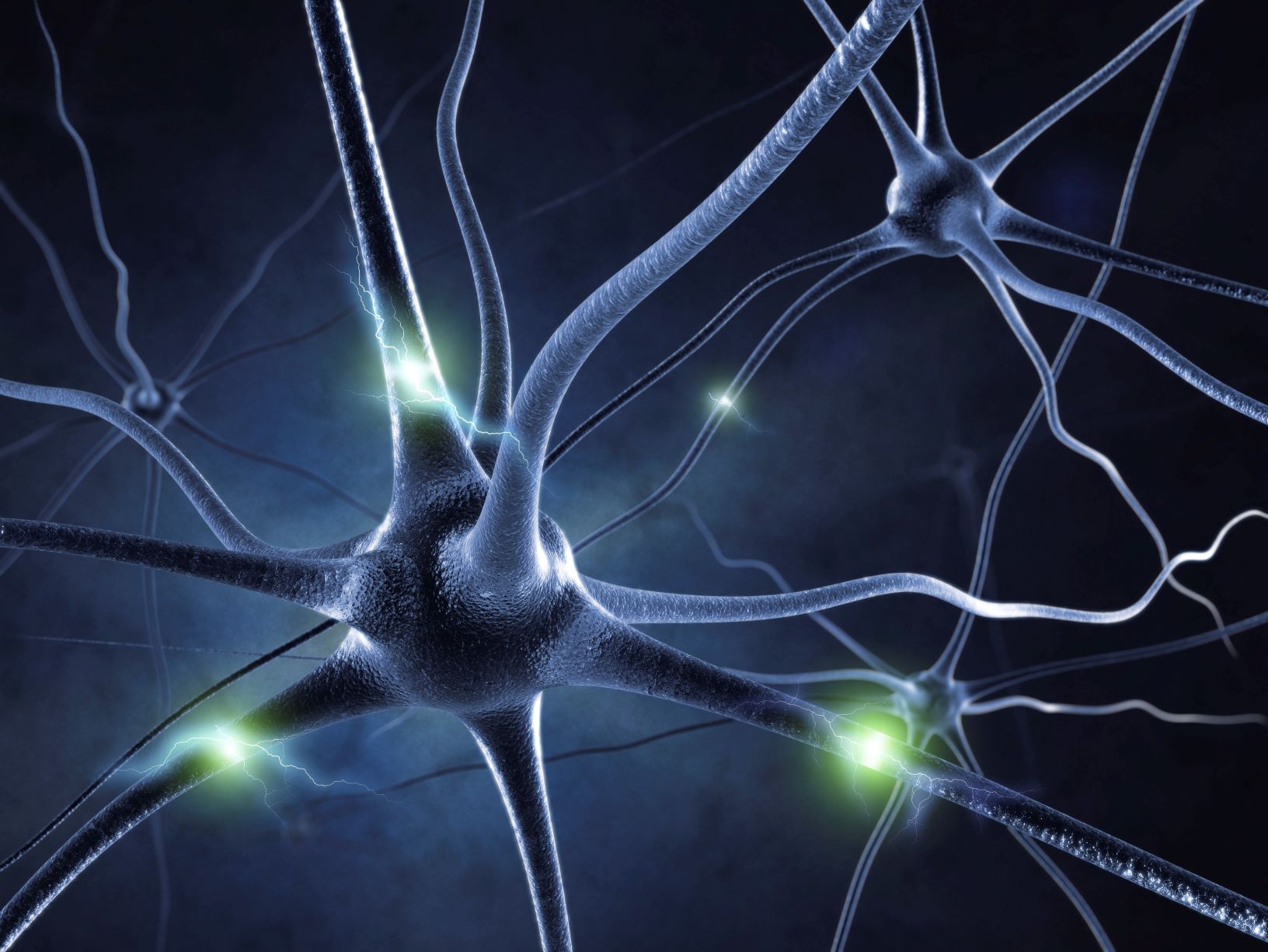


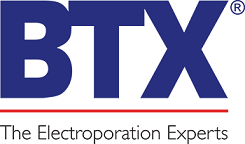
 800-272-2775
800-272-2775
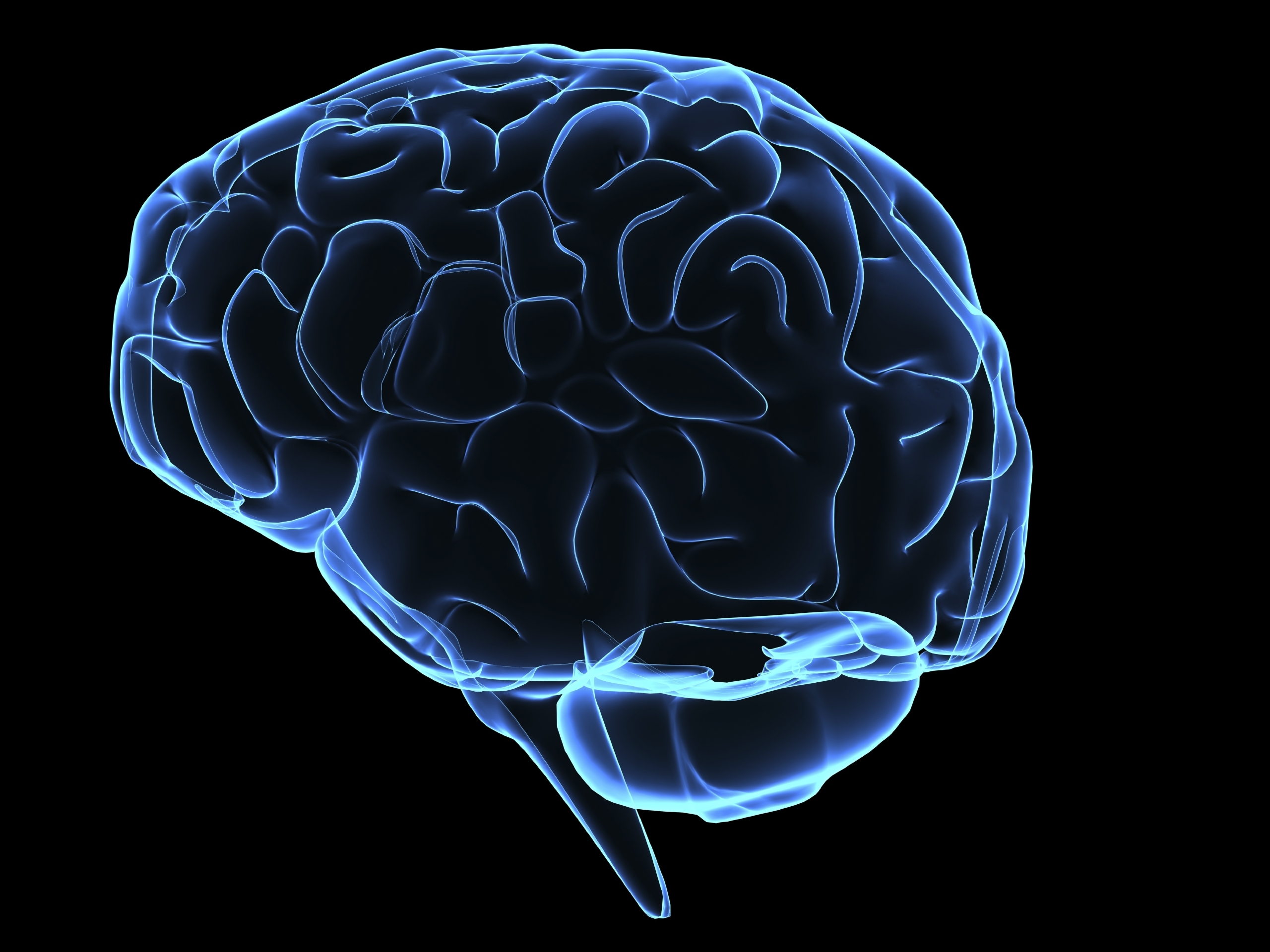 In this post we will review what organoids are and how they are used to create in vitro models to study organ function and human disease states in three dimensions. We'll cover the topic of organoid transfection via electroporation in more detail. Finally, we will highlight and summarize findings reported by Ogawa et al. 2018. Cell Reports 23, 1220
In this post we will review what organoids are and how they are used to create in vitro models to study organ function and human disease states in three dimensions. We'll cover the topic of organoid transfection via electroporation in more detail. Finally, we will highlight and summarize findings reported by Ogawa et al. 2018. Cell Reports 23, 1220
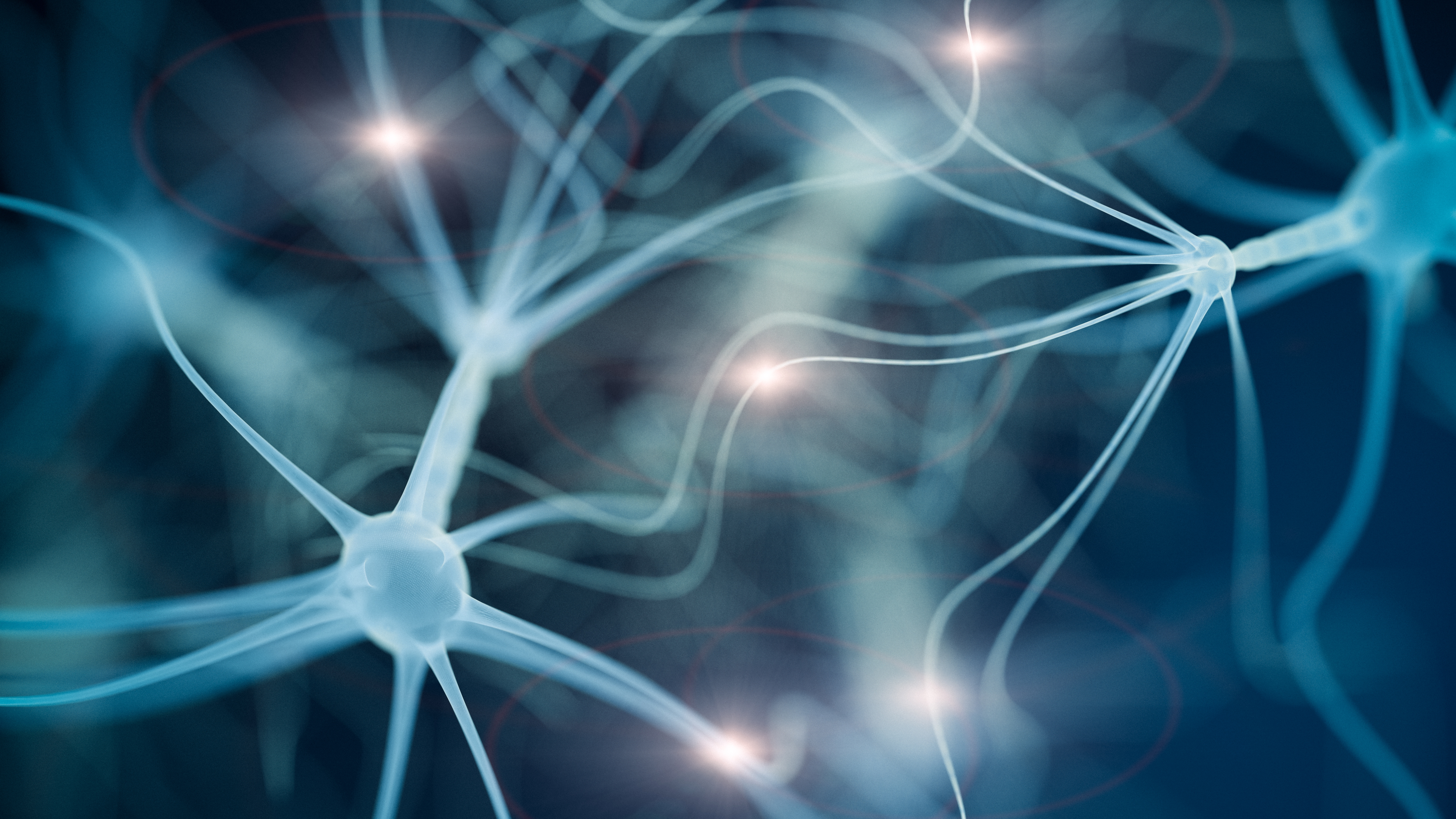 Regeneration of nerve cell axons is required for recovery of function after injury to the nervous system. In this post we will review a method to directly trace regenerating axons in vivo, recently published by Gao et al. 2020. Neural Regeneration Research 23, 1160-1165. The researchers performed in vivo electroporation of mouse adult sensory neurons in the ipsilateral dorsal root ganglion to transfect plasmid DNA encoding enhanced green fluorescent protein. Next, the sciatic nerve was squeezed with tweezers to create a model of sciatic nerve compression, and finally a direct time course of regenerating axon lengths was captured by confocal microscopy.
Regeneration of nerve cell axons is required for recovery of function after injury to the nervous system. In this post we will review a method to directly trace regenerating axons in vivo, recently published by Gao et al. 2020. Neural Regeneration Research 23, 1160-1165. The researchers performed in vivo electroporation of mouse adult sensory neurons in the ipsilateral dorsal root ganglion to transfect plasmid DNA encoding enhanced green fluorescent protein. Next, the sciatic nerve was squeezed with tweezers to create a model of sciatic nerve compression, and finally a direct time course of regenerating axon lengths was captured by confocal microscopy.  This blog describes a new method for creating vaccines against tumors by Shadi-Yunger et al., 2019. Int. J. Cancer 144, 909-921. They report a novel MHC-II platform with a chimeric invariant chain, where the semi-peptide CLIP is replaced with a tumor specific peptide. This hybrid MHC-II chain facilitates the activation of CD4+ T-cells when expressed in dendritic cells (DCs). The researchers attempted to create an anti-melanoma vaccine by inserting different melanoma-associated antigens (MAAs) mRNA sequences into the MHC-II hybrid construct. Different MAAs were inserted into hybrid
This blog describes a new method for creating vaccines against tumors by Shadi-Yunger et al., 2019. Int. J. Cancer 144, 909-921. They report a novel MHC-II platform with a chimeric invariant chain, where the semi-peptide CLIP is replaced with a tumor specific peptide. This hybrid MHC-II chain facilitates the activation of CD4+ T-cells when expressed in dendritic cells (DCs). The researchers attempted to create an anti-melanoma vaccine by inserting different melanoma-associated antigens (MAAs) mRNA sequences into the MHC-II hybrid construct. Different MAAs were inserted into hybrid 
 Hydrogen fuel cells are already used as “clean” energy sources. Hydrogen can be produced using a number of different processes: Thermochemical processes that use organic materials, Electrolytic and Photolytic processes that split water (H2O) into hydrogen (H2) and oxygen (O2), and a more recently introduced method in which microorganisms such as bacteria and algae can produce hydrogen through biological processes. This blog discusses the use of genetically modified purple non-sulfur photosynthetic bacterium Rubrivivax gelatinosus CBS as a new platform for biological H2 production developed by C. Eckert, et al. at the National Renewable Energy Center and the University of Colorado.
Hydrogen fuel cells are already used as “clean” energy sources. Hydrogen can be produced using a number of different processes: Thermochemical processes that use organic materials, Electrolytic and Photolytic processes that split water (H2O) into hydrogen (H2) and oxygen (O2), and a more recently introduced method in which microorganisms such as bacteria and algae can produce hydrogen through biological processes. This blog discusses the use of genetically modified purple non-sulfur photosynthetic bacterium Rubrivivax gelatinosus CBS as a new platform for biological H2 production developed by C. Eckert, et al. at the National Renewable Energy Center and the University of Colorado.